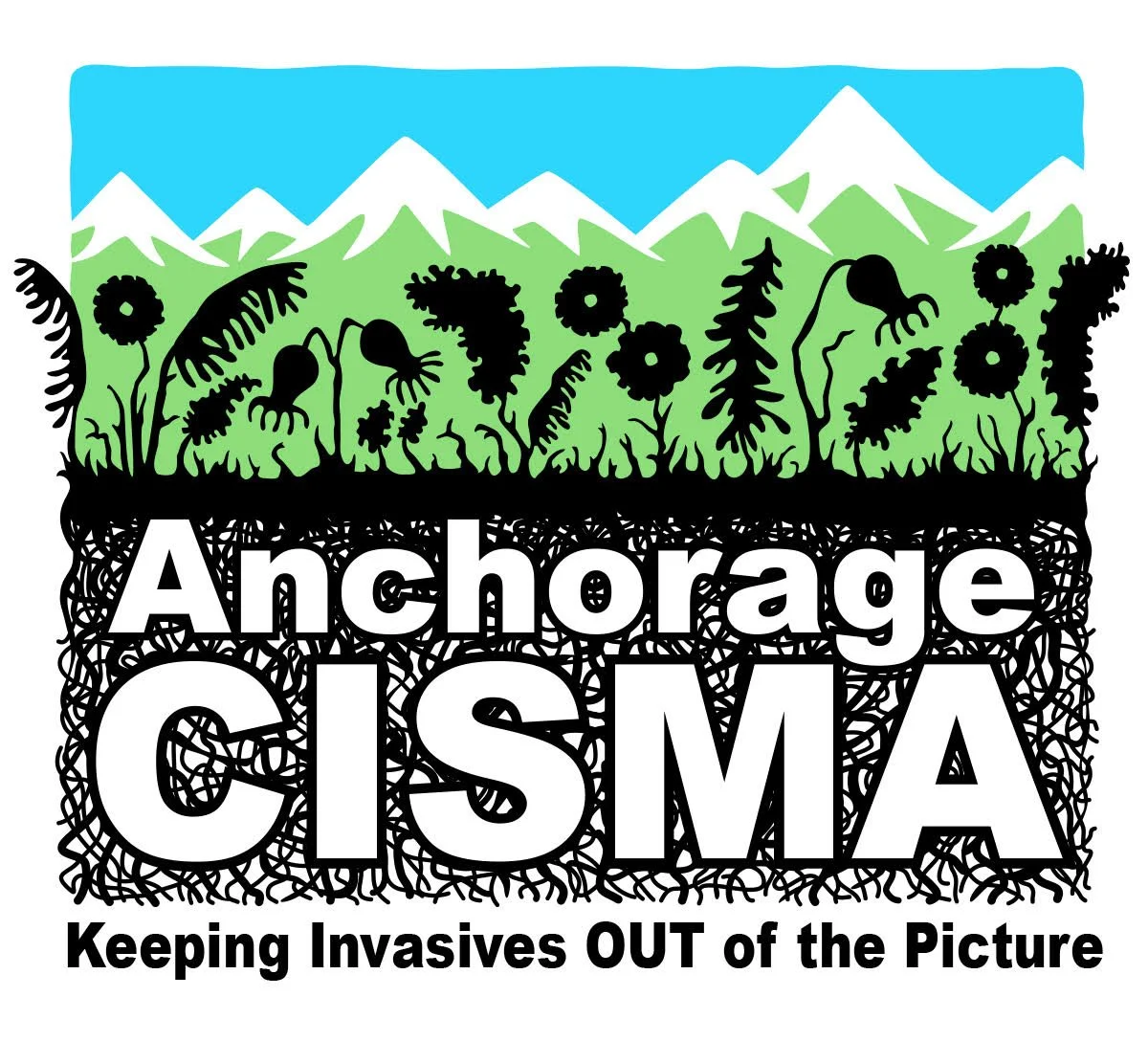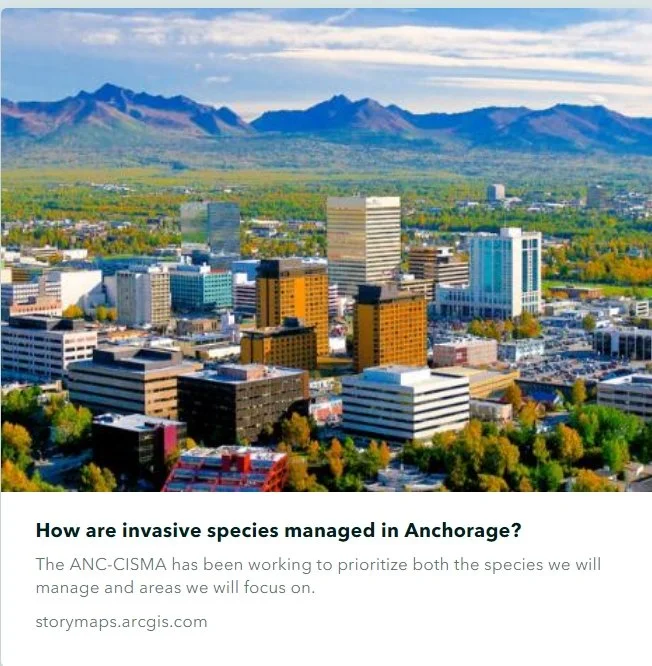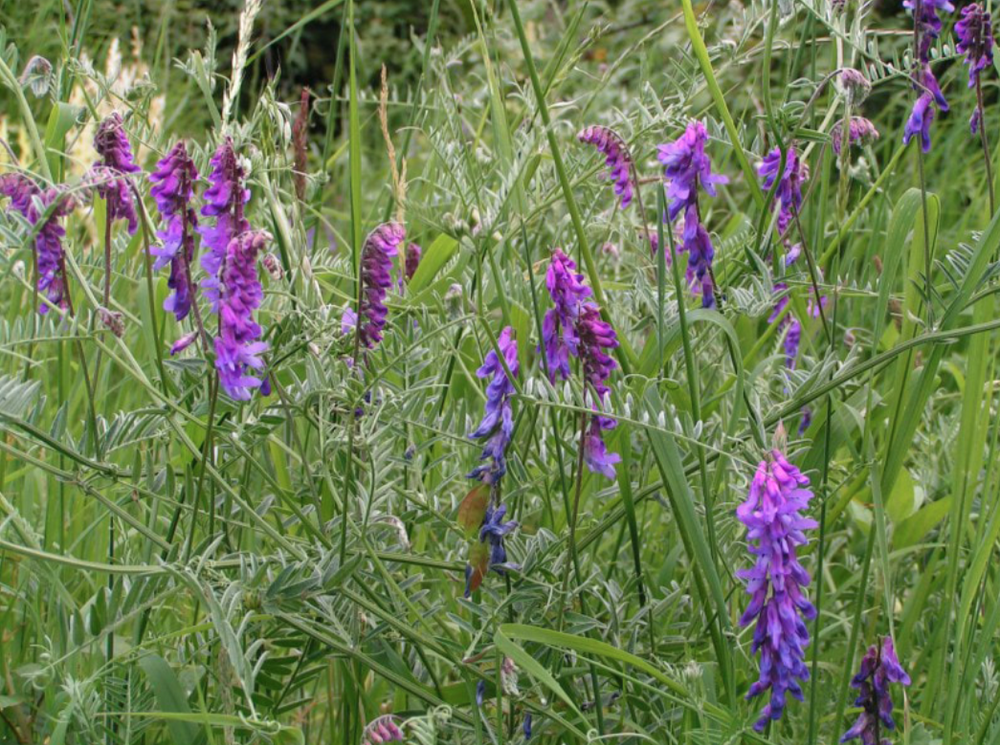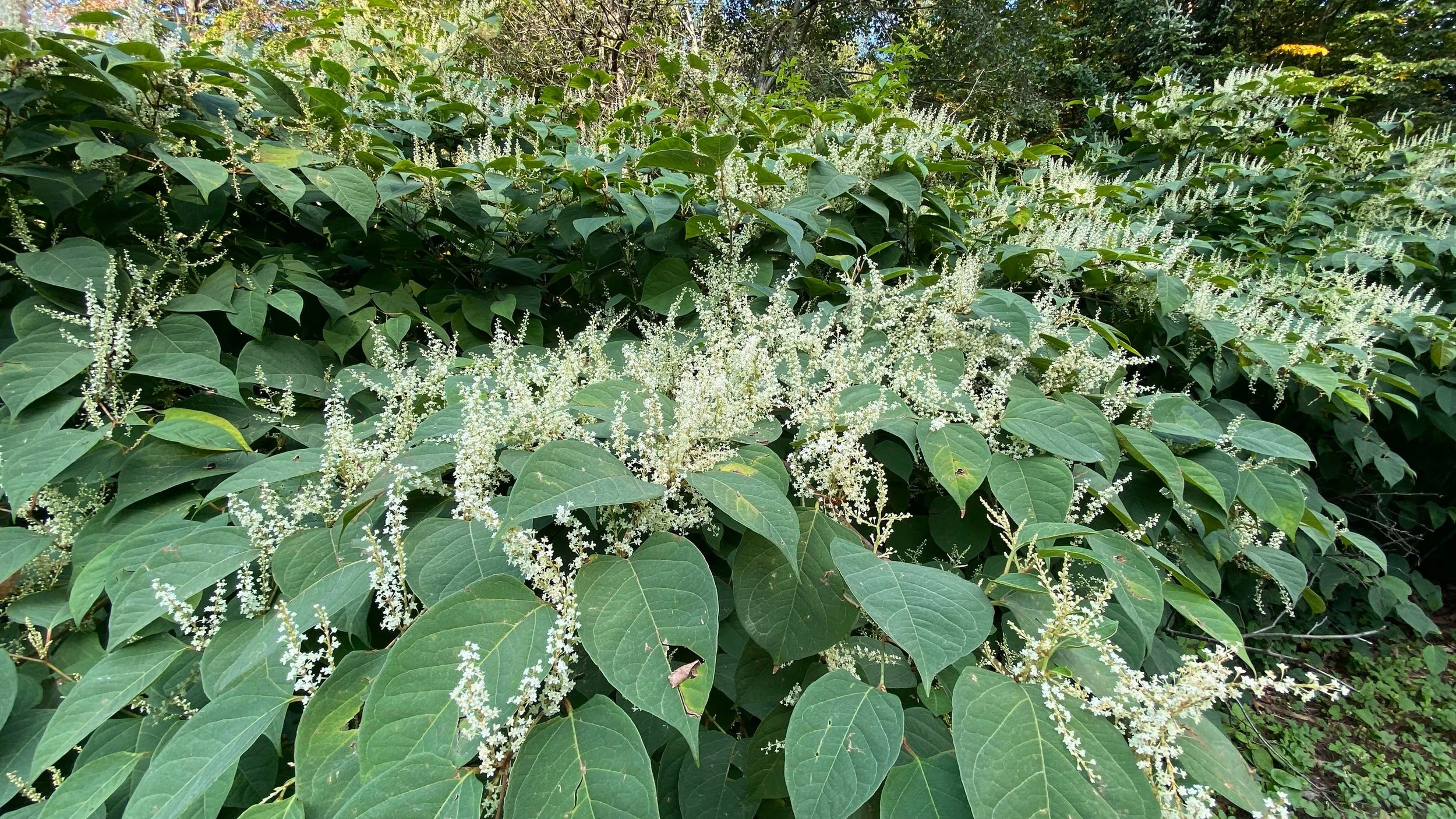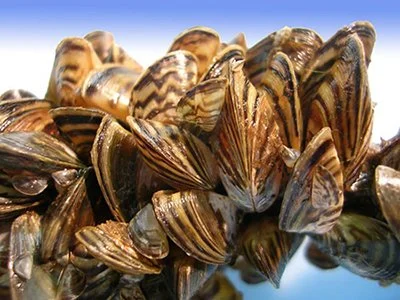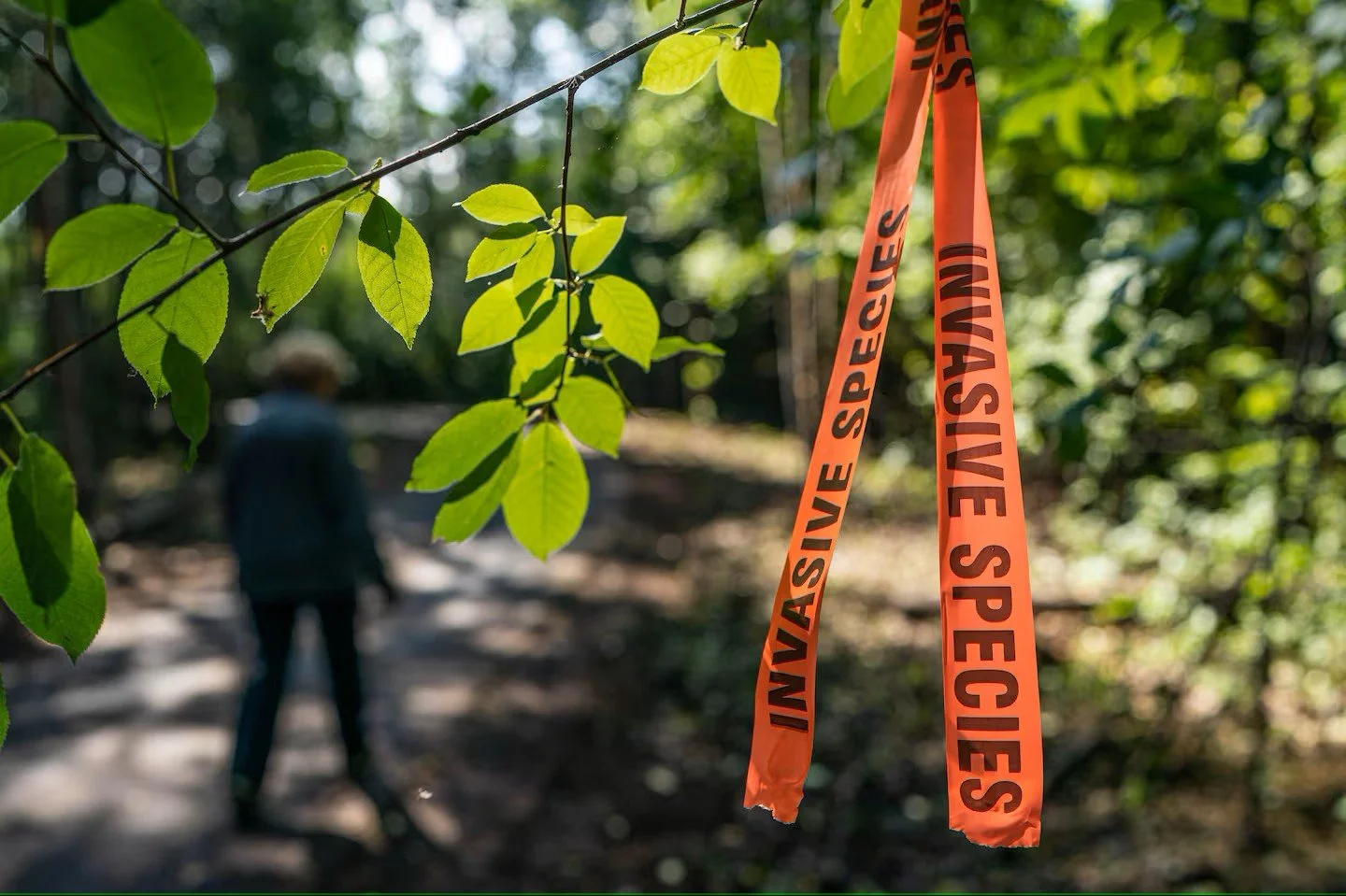
Invasive Species of Anchorage
Jump to:
Check out our article on how invasive species are managed in Anchorage!
European Bird Cherry and Chokecherry
Prunus padus & Prunus Virginiana
Originally planted as an ornamental tree, it has spread aggressively into natural ecosystems, particularly along streambanks. European bird cherry outcompetes native vegetation like willows and alders, which are essential for stabilizing streambanks and supporting wildlife such as moose and salmon. Its dense canopy shades out native understory plants, reducing biodiversity and altering the structure of plant communities. This invasion disrupts food webs and weakens streambank stability, increasing erosion and harming fish habitats. Since 2017, the sale of European Bird Cherry has been banned in the Municipality of Anchorage.
General Information
This Beauty is a Beast Prunus padus Brochure
Prunus padus ACCS Ranking
Chokecherry: Alaska’s Pretty Problem Plant | KP-CISMA
Videos:
The Rouge Chokecherry Tree and Its Impact on Alaska’s Ecosystems
Prunus padus (Bird Cherry) and Prunus virginiana (Chokecherry) Invasion of Alaska
Removal
Invasive Plant Issues: Control of Invasive Chokecherry Trees
Chokecherry Control Frequently Asked Question
Are you a landowner looking for assistance removing Prunus trees?
Check out Anchorage Soil & Water’s Prunus Removal Assistance Survey!


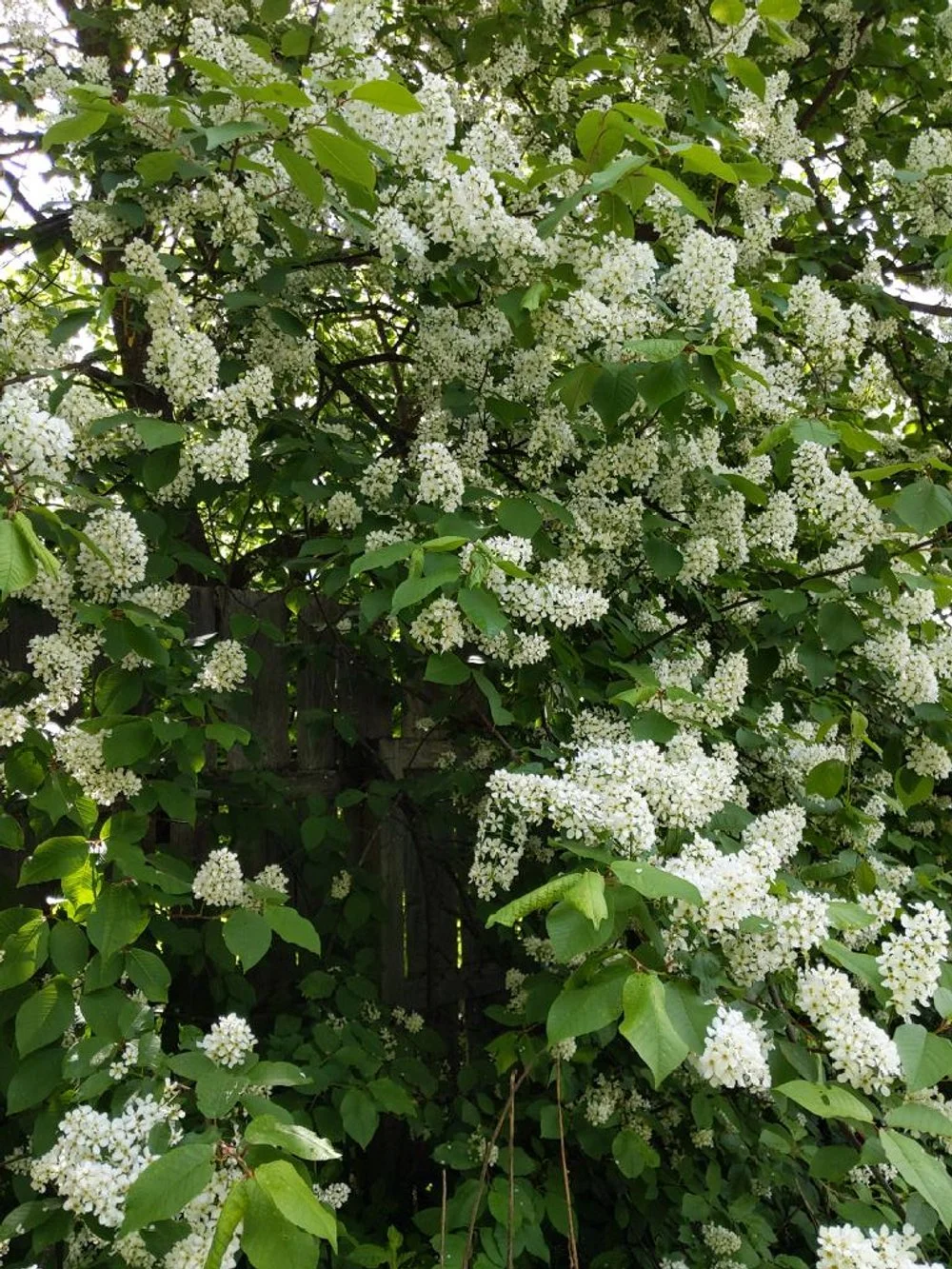
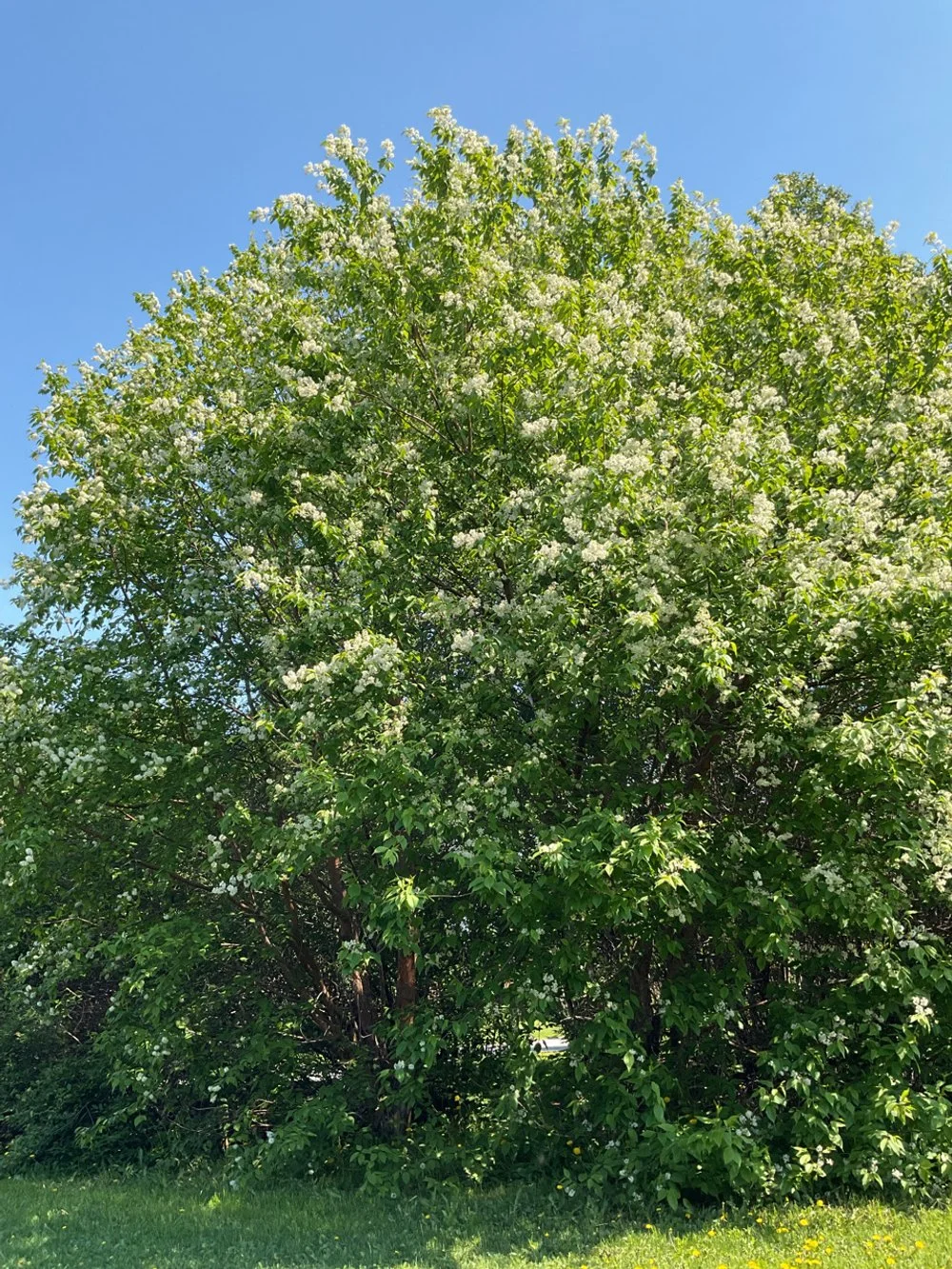
Orange Hawkweed
Hieracium aurantiacum
Originally introduced as an ornamental plant, it has spread aggressively across meadows, roadsides, and pastures, outcompeting native vegetation due to its dense mats and rapid reproduction through seeds and creeping stolons. This displacement of native plants reduces biodiversity and disrupts habitats vital to local wildlife.
General Information
Orange Hawkweed ACCS Ranking
Orange hawkweed, a menacing invasive plant, is spreading in Anchorage - Anchorage Daily News
Removal
Invasive Plant Issues: Control of orange hawkweed
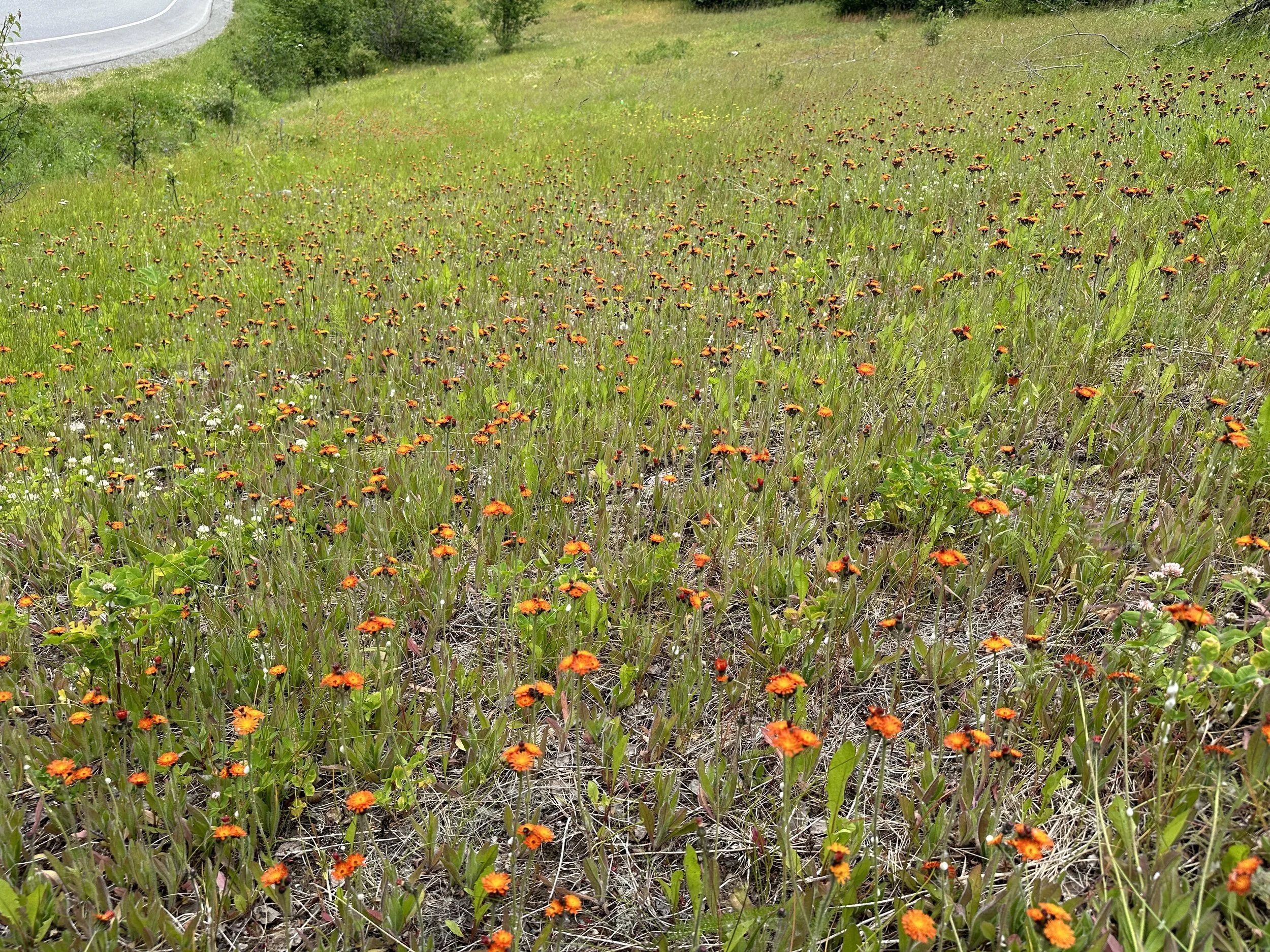
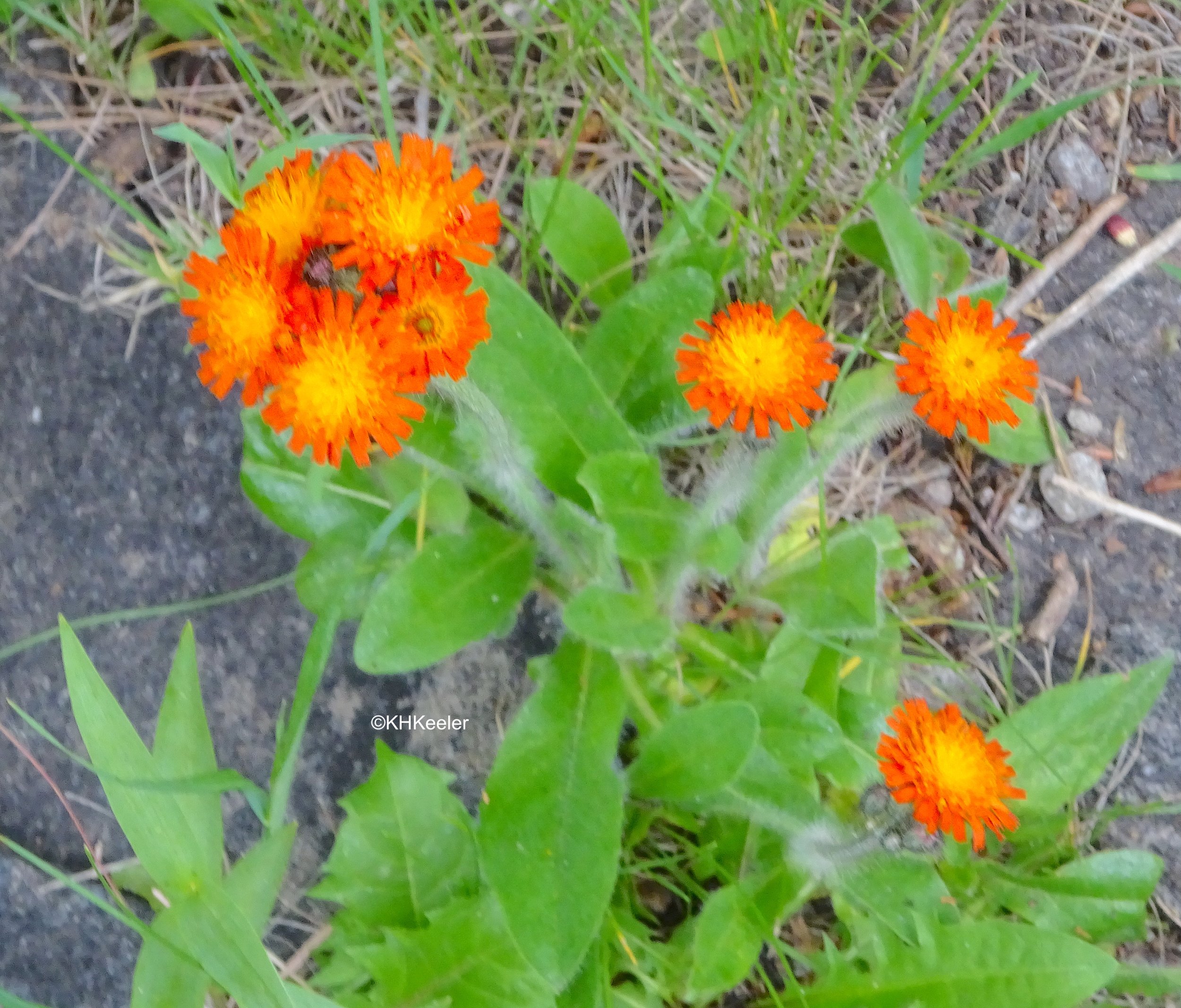

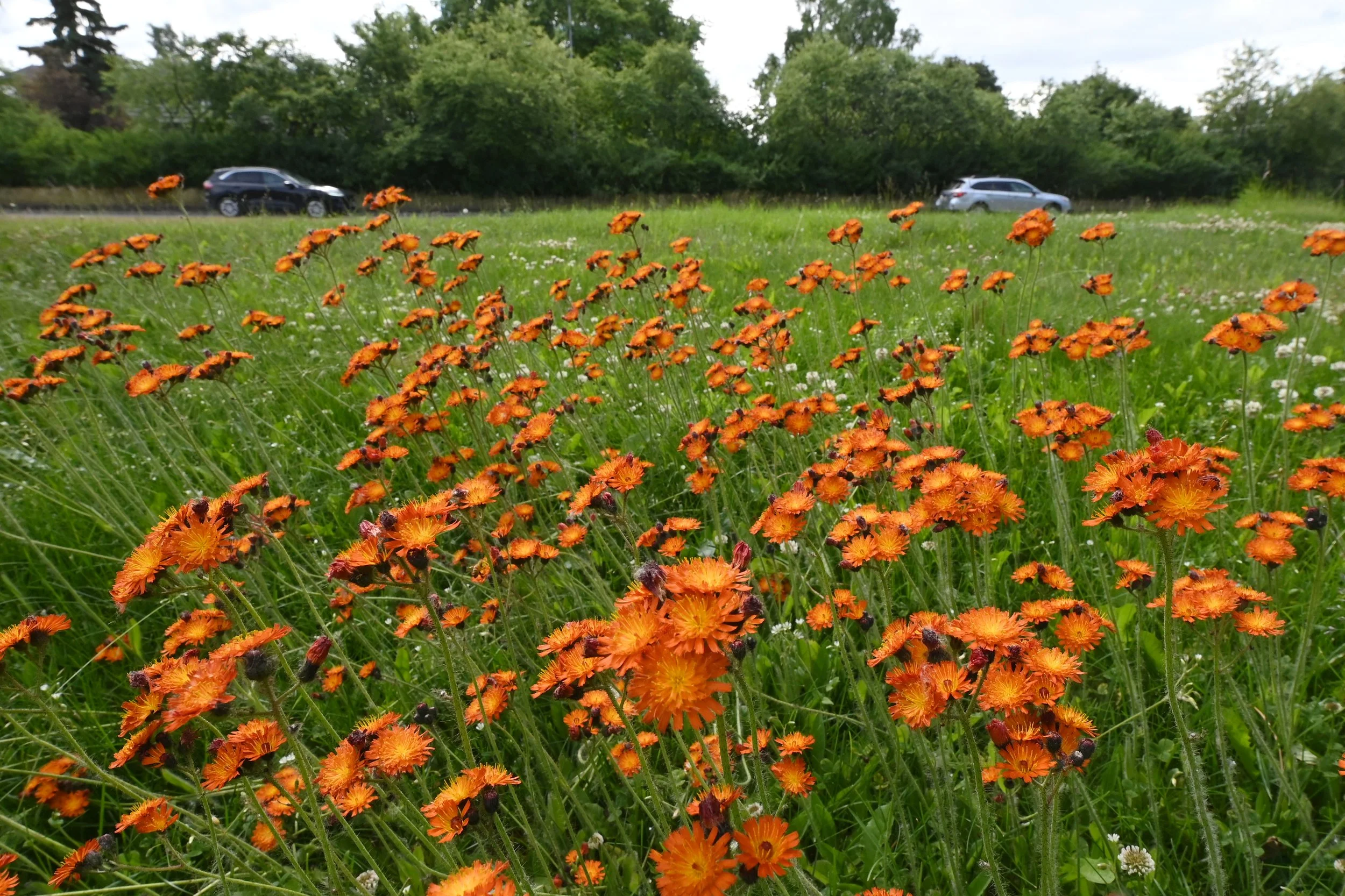
Bird Vetch
Vicia cracca
Originally introduced for erosion control and forage, it has since spread uncontrollably along roadsides, fields, and forest edges. Bird vetch grows rapidly and forms thick tangles that smother native plants and young trees, preventing them from getting sunlight and nutrients. This leads to a loss of native biodiversity and alters soil chemistry, making it harder for native species to reestablish. Its ability to fix nitrogen also gives it a competitive advantage, allowing it to dominate disturbed areas.
General Information
Bird Vetch ACCS Ranking
Control
Control of Bird Vetch
White & Yellow Sweet Clover
Melilotus alba & officinalis
Introduced as a forage crop and for erosion control, it has spread rapidly across disturbed and natural areas. This fast-growing legume outcompetes native plants by forming dense stands that crowd out local vegetation, reducing plant diversity and altering habitat structure. Its nitrogen-fixing ability changes soil chemistry, which can further disadvantage native species adapted to low-nutrient environments. White sweet clover also disrupts the natural processes of river ecosystems, affecting wildlife and the regeneration of native plants
General Information
White Sweetclover ACCS Ranking
Yellow Sweetclover ACCS Ranking


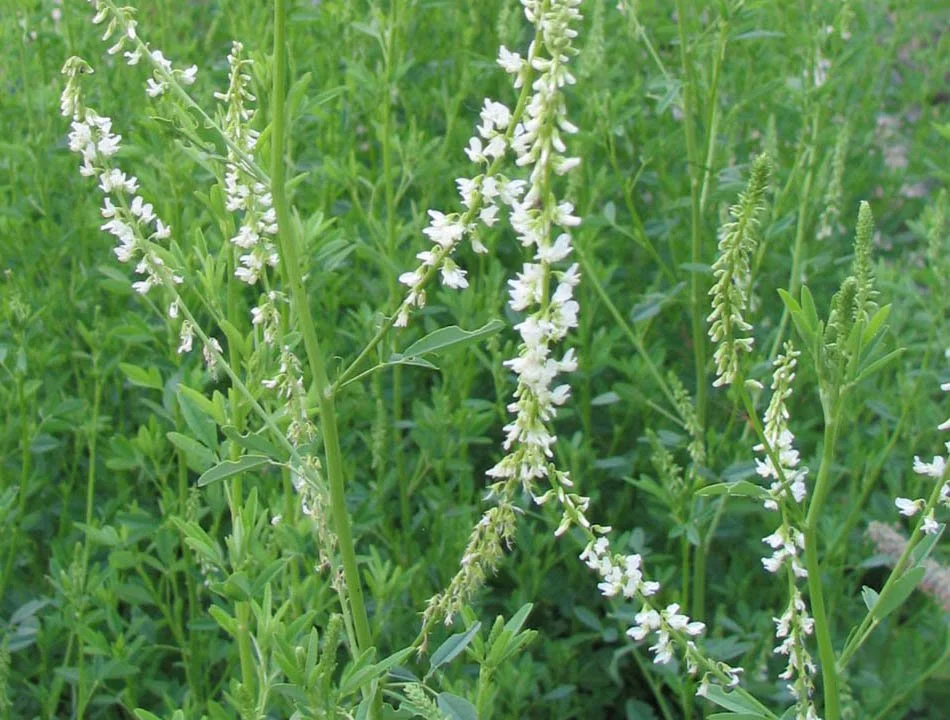

Other Invasive Plants of Concern
Common Tansy
Tanacetum vulgare
Creeping Thistle
Cirsium arvense
Other Invasive Species Taxa
Elodea sp.
Aquatic invasive plant
European Black Slugs
Arion ater
Knotweed Species
Fallopia bohemicum; F. japonica; F. sachalinensis
Oxeye Daisy
Leucanthemum vulgare
Northern Pike Esox oucius
Invasive South of the Alaska Range
Norway Rat
Rattus norvegicus
Rats are illegal to own in AK unless albino white rats
Meadow Hawkweed
Hieracium caespitosumpepp
Reed Canarygrass
Phalaris aurundinacea
European Green Crab
Carcinus maenas
Found in SE Alaska
Zebra and Quagga Mussels
Dreissena polymorpha & bugensis
